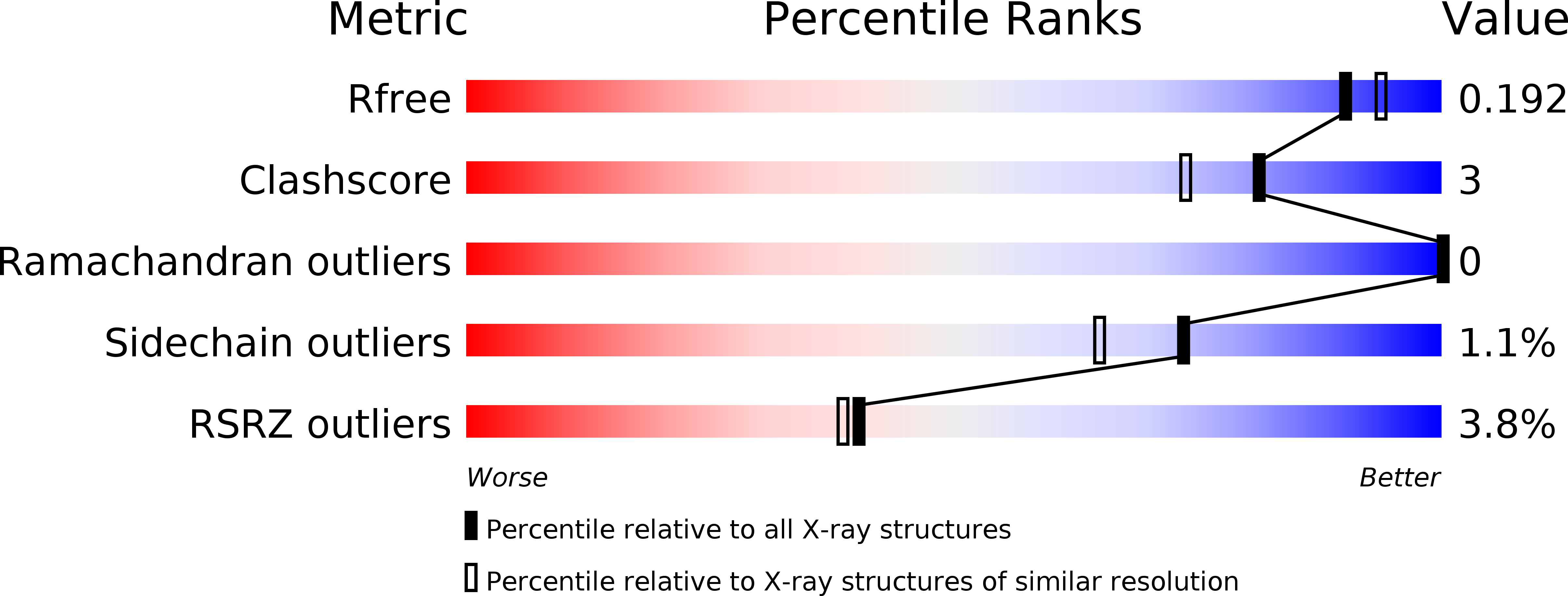
Deposition Date
2014-07-25
Release Date
2014-08-20
Last Version Date
2023-09-27
Entry Detail
PDB ID:
4U5W
Keywords:
Title:
Crystal Structure of HIV-1 Nef-SF2 Core Domain in Complex with the Src Family Kinase Hck SH3-SH2 Tandem Regulatory Domains
Biological Source:
Source Organism:
Human immunodeficiency virus type 1 (Taxon ID: 11685)
Homo sapiens (Taxon ID: 9606)
Homo sapiens (Taxon ID: 9606)
Host Organism:
Method Details:
Experimental Method:
Resolution:
1.86 Å
R-Value Free:
0.19
R-Value Work:
0.16
R-Value Observed:
0.16
Space Group:
P 1


